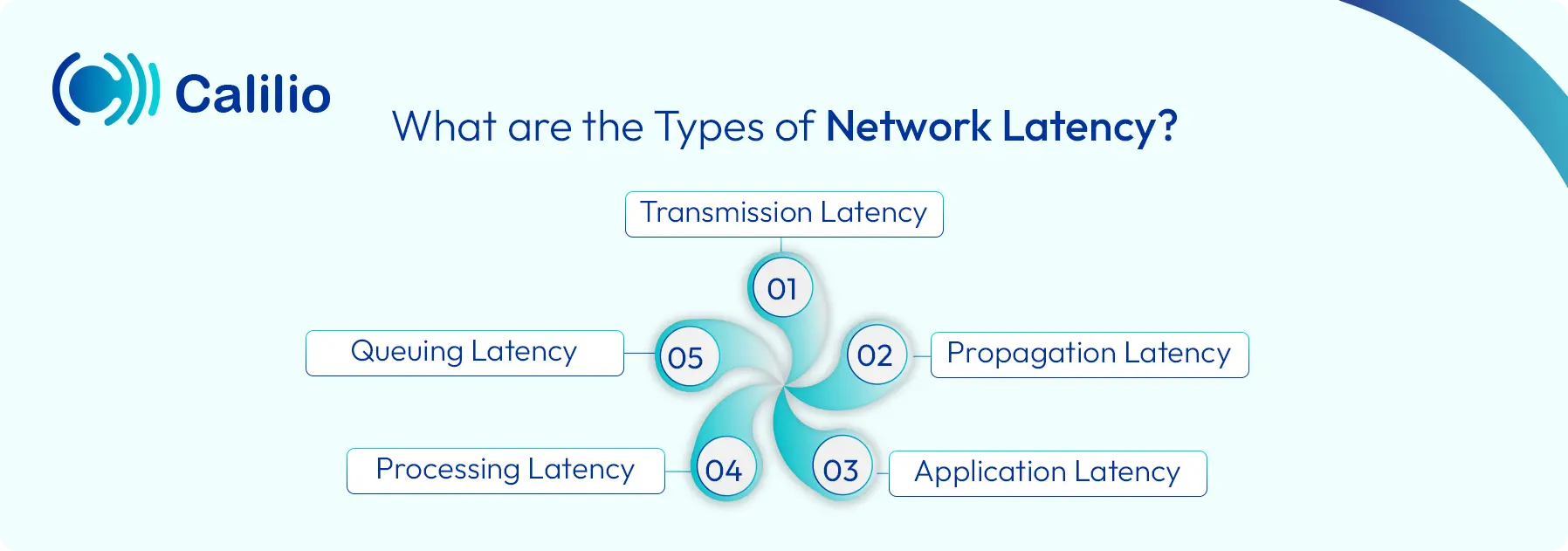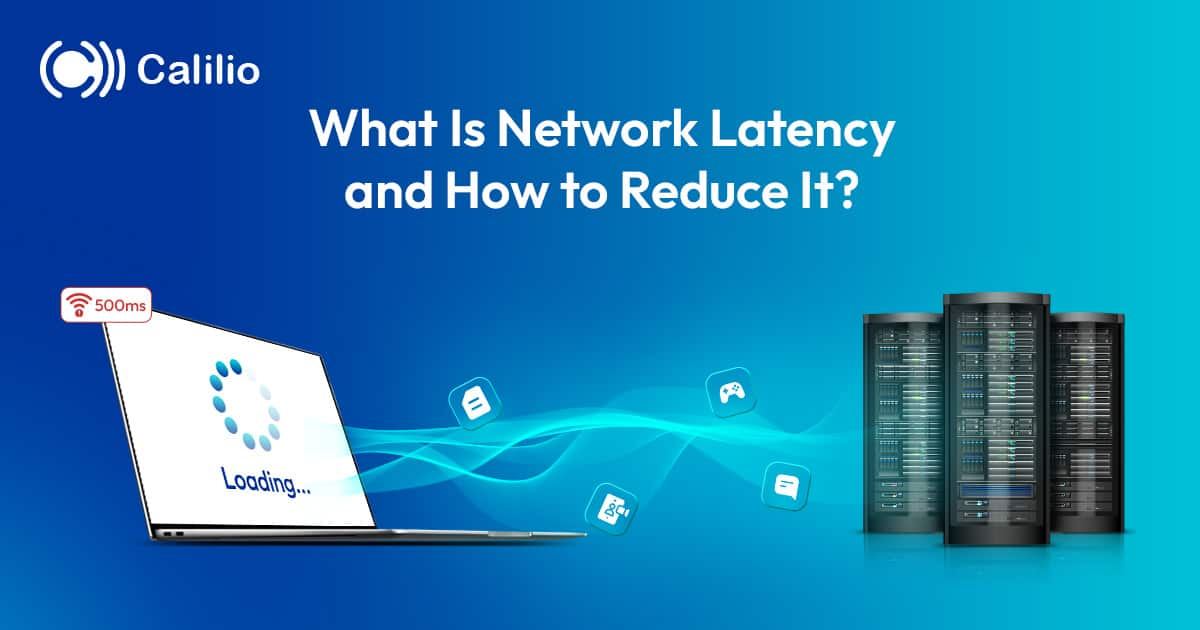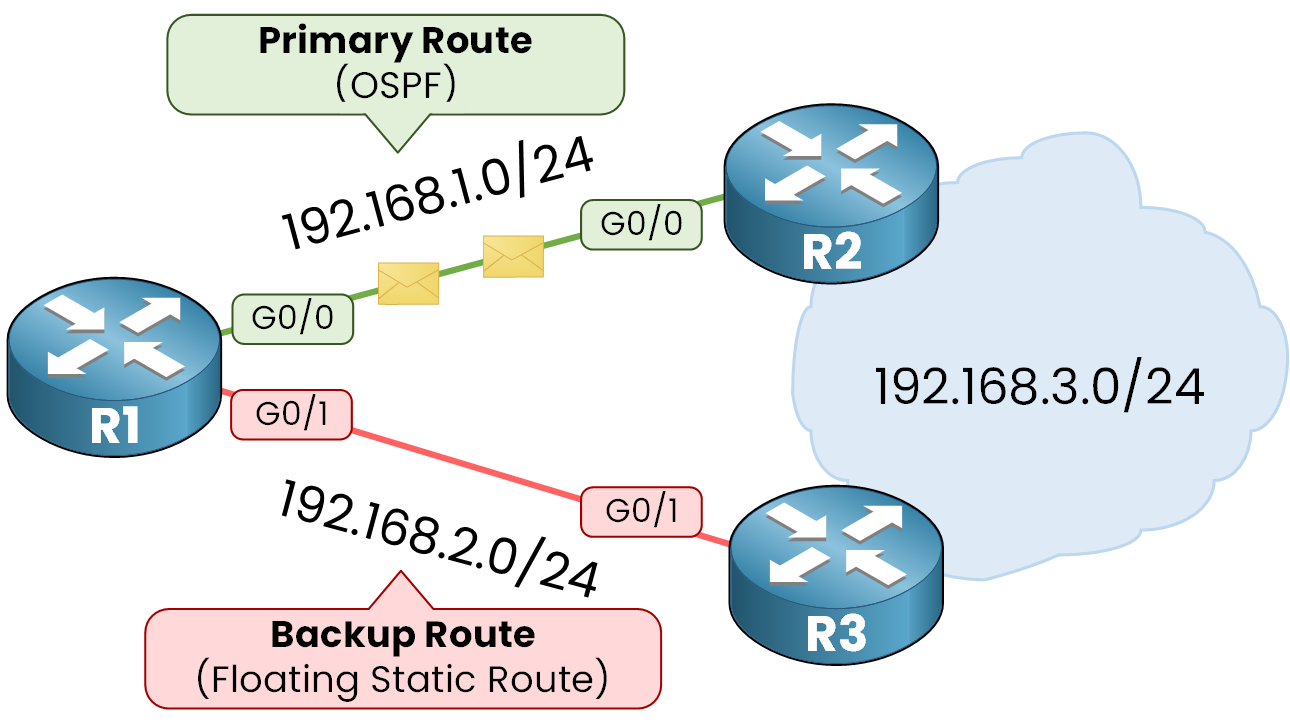Have you ever wondered why your online game lags or a video takes forever to load? The answer often lies in something called network latency.
Understanding what network latency is can help you make sense of these frustrating delays and improve your internet experience. You’ll discover exactly what network latency means, why it matters to you, and simple ways to spot and reduce it. Keep reading—your smoother, faster connection is closer than you think.
Network Latency Basics
Network latency is the time it takes for data to travel from one point to another. It affects how fast websites and apps respond.
Low latency means faster communication and better user experience. High latency can cause delays and slow connections.
Latency Vs Bandwidth
Latency and bandwidth are different but both affect network speed. Latency is about delay, bandwidth is about capacity.
High bandwidth lets more data move at once. Low latency means data moves quickly with little delay.
- Latency measures time delay in milliseconds (ms)
- Bandwidth measures data transfer rate in Mbps or Gbps
- You can have high bandwidth but high latency, causing slow response
Types Of Latency
There are different types of latency in networks. Each affects data travel time in unique ways.
- Propagation Latency:Time for a signal to travel through the medium.
- Transmission Latency:Time to push all data bits onto the wire.
- Processing Latency:Delay from routers or switches processing data.
- Queueing Latency:Time data waits in queues before transmission.
Common Latency Causes
Several factors can cause network latency. Identifying them helps improve network speed.
- Long distances between devices increase propagation delay
- Slow routers or switches add processing delay
- Network congestion causes queueing delays
- Poor quality cables or wireless interference can slow signals
- Heavy traffic loads reduce overall performance

Credit: zhouharry.medium.com
Measuring Latency
Network latency is the time it takes for data to travel from one point to another. Measuring latency helps find delays and improve network speed.
Understanding latency means knowing how fast or slow your network works. This is important for good internet and app performance.
Tools And Techniques
Many tools can measure latency. These tools send data packets and record the time they take to return.
- Ping: Sends small packets to check response time.
- Traceroute: Shows the path data takes and times at each step.
- Speed Test Tools: Measure download, upload, and latency.
- Network Analyzers: Provide detailed latency reports.
Techniques vary. Some check latency continuously. Others test at specific times to find network issues.
Latency Metrics
Latency is measured in milliseconds (ms). Lower numbers mean faster response times.
- Round-Trip Time (RTT): Time for a packet to go and return.
- One-Way Delay: Time from sender to receiver only.
- Jitter: Variation in latency over time.
- Packet Loss: Percentage of packets lost during transmission.
Each metric shows different parts of network performance. Together, they give a full picture.
Interpreting Results
High latency means slow network response. Low latency means quick data transfer.
- Consistent low latency is best for gaming and video calls.
- High jitter causes choppy audio or video.
- Packet loss leads to missing or broken data.
- Spikes in latency may show network problems.
Check results over time to spot trends. This helps fix issues before they get worse.
Latency Impact On Speed
Network latency is the delay between sending and receiving data over the internet. It affects how fast information travels from one point to another.
High latency can slow down your online activities. Understanding its impact helps improve your internet experience.
Effect On Web Browsing
Latency affects how quickly web pages load. When latency is high, pages take longer to show up.
Even simple tasks like clicking links feel slower if latency is bad. This can make browsing frustrating.
Impact On Streaming
Streaming videos or music needs steady data flow. High latency causes delays and buffering.
Buffering stops your video and lowers quality. Low latency helps streams play smoothly without interruptions.
Gaming And Latency
Online games need quick responses between players and servers. High latency causes lag in games.
Lag slows down game actions and can make games hard to play. Low latency gives a better gaming experience.
- High latency causes delayed moves in games
- Low latency helps quick reaction times
- Competitive games need very low latency
Reducing Network Latency
Network latency is the delay between sending and receiving data. Lower latency means faster communication.
Reducing latency improves user experience and system performance. This can be done in several ways.
Optimizing Hardware
Good hardware helps data move quickly. Use fast routers and switches to reduce delays.
Upgrade network cards and cables for better speed. Ensure devices support high bandwidth.
- Use gigabit or faster Ethernet cards
- Choose high-quality cables like Cat6 or Cat7
- Replace old routers and switches with newer models
- Keep hardware firmware updated
Network Configuration Tips
Set up your network to avoid delays. Proper configuration can lower latency a lot.
Use shorter routes and avoid network loops. Adjust settings like MTU size for faster data flow.
- Use static IPs for key devices
- Enable Quality of Service (QoS) to prioritize traffic
- Reduce the number of hops between devices
- Disable unused network services and protocols
Using Cdns And Caches
Content Delivery Networks (CDNs) store data closer to users. This cuts down travel time for data.
Caching saves copies of data so devices do not fetch it repeatedly. This speeds up loading times.
- Use CDNs to host websites and media files
- Enable browser caching for static content
- Set up server-side caches for databases and applications
- Clear caches regularly to avoid outdated data
Future Of Low Latency Networks
Network latency is the delay before data moves from one point to another. Low latency means faster communication.
Future networks focus on reducing latency to improve user experience and support new technologies.
5g And Beyond
5G networks offer much lower latency than older networks. This helps with fast downloads and real-time apps.
Future networks after 5G will reduce latency even more. This will support new uses like virtual reality and smart cities.
Edge Computing Role
Edge computing brings data processing closer to users. It cuts down the distance data travels.
This reduces latency and makes apps faster. It helps in areas where quick response is critical.
- Processes data near the source
- Reduces traffic on main networks
- Improves speed for time-sensitive tasks
Latency In Iot
Internet of Things (IoT) devices need low latency for smooth operation. Delays can cause problems in smart devices.
Low latency helps IoT devices respond quickly. It is important for health monitors, smart homes, and factories.

Credit: www.calilio.com

Credit: www.calilio.com
Frequently Asked Questions
What Causes Network Latency In Internet Connections?
Network latency is caused by distance, routing, and network congestion. Hardware delays and signal processing also contribute. The longer data travels, the higher the latency.
How Does Network Latency Affect Online Gaming?
High latency causes lag, delays in commands, and poor game performance. It disrupts real-time interactions, reducing the gaming experience.
Can Network Latency Be Measured Accurately?
Yes, tools like ping and traceroute measure latency. They show round-trip time and identify delays in data transmission.
How To Reduce Network Latency For Better Performance?
Reducing latency involves using faster connections, optimizing routing, and minimizing network traffic. Upgrading hardware and using content delivery networks helps too.
Conclusion
Understanding network latency is crucial for better online experiences. It directly affects speed and performance. Lower latency means faster data transfer. This enhances user satisfaction. Identifying causes can help in reducing delays. Tools and techniques exist to measure and improve it.
Businesses benefit from reduced latency. Users enjoy smoother browsing and streaming. Keep latency in mind for optimal network performance. Reducing it is key to efficient networking. Everyone benefits from a faster, more responsive connection. So, prioritize latency in your tech strategy.
A little attention goes a long way in improving connectivity.
13 min read






